I'm guessing probably not.
I notice that your C. maritimus are very similar to these. Maybe just some morphological differences belonging to this genetic strain? I have noticed something like this in certain Formica.

I'm guessing probably not.
My Main Journal | My Neivamyrmex Journal | My Ant Adoption | My YouTube
Join the TennesseeAnts Discord Server! https://discord.gg/JbKwPgs
We'll find out what they are once I get workers, particularly majors.
My Main Journal | My Neivamyrmex Journal | My Ant Adoption | My YouTube
Join the TennesseeAnts Discord Server! https://discord.gg/JbKwPgs
these grow super slow don't they?
Website: https://sites.google...home?authuser=0
Instagram: https://www.instagra.../bay.area.ants/
Youtube Channel: https://www.youtube....5Mh2eBAviuO2uw?
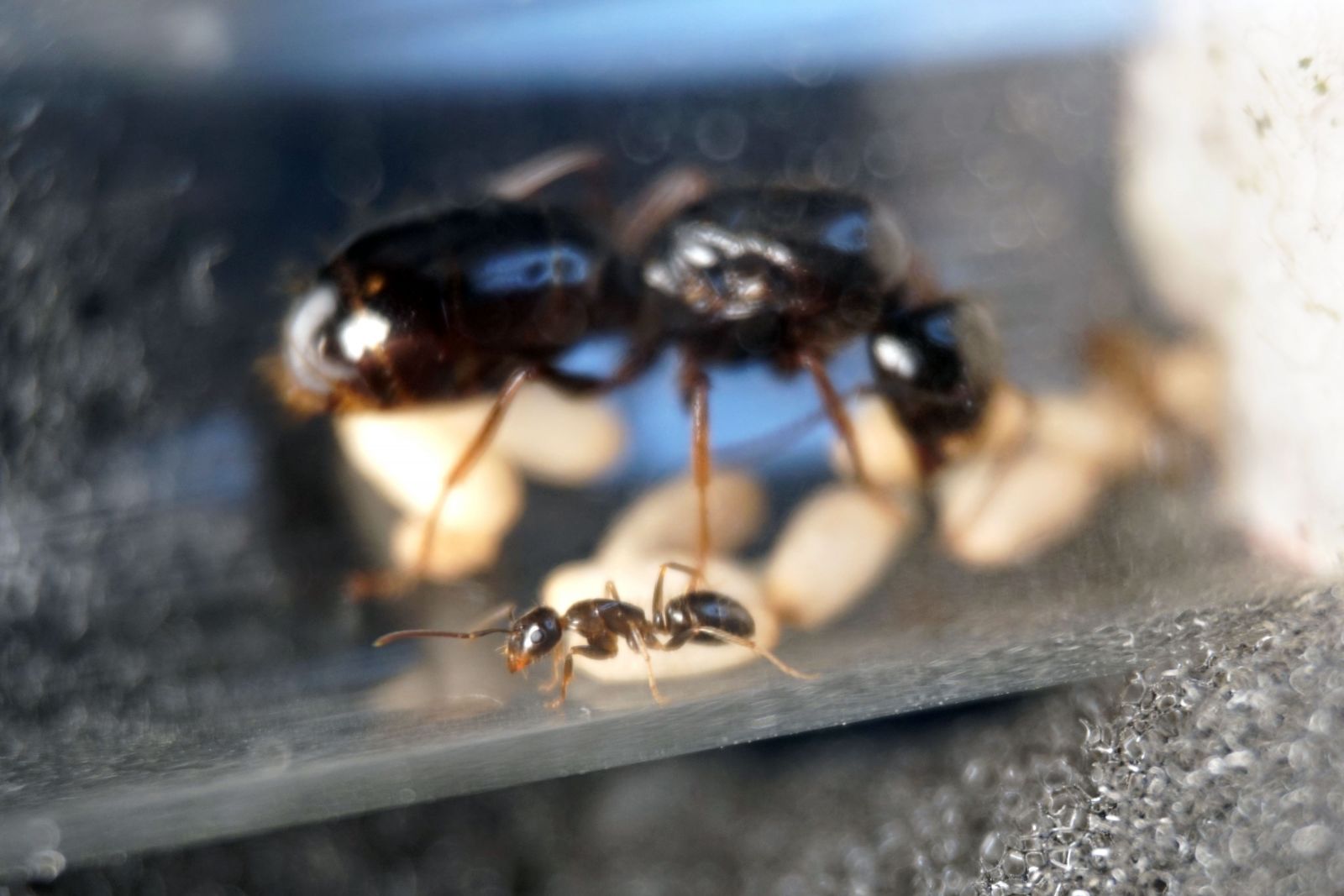
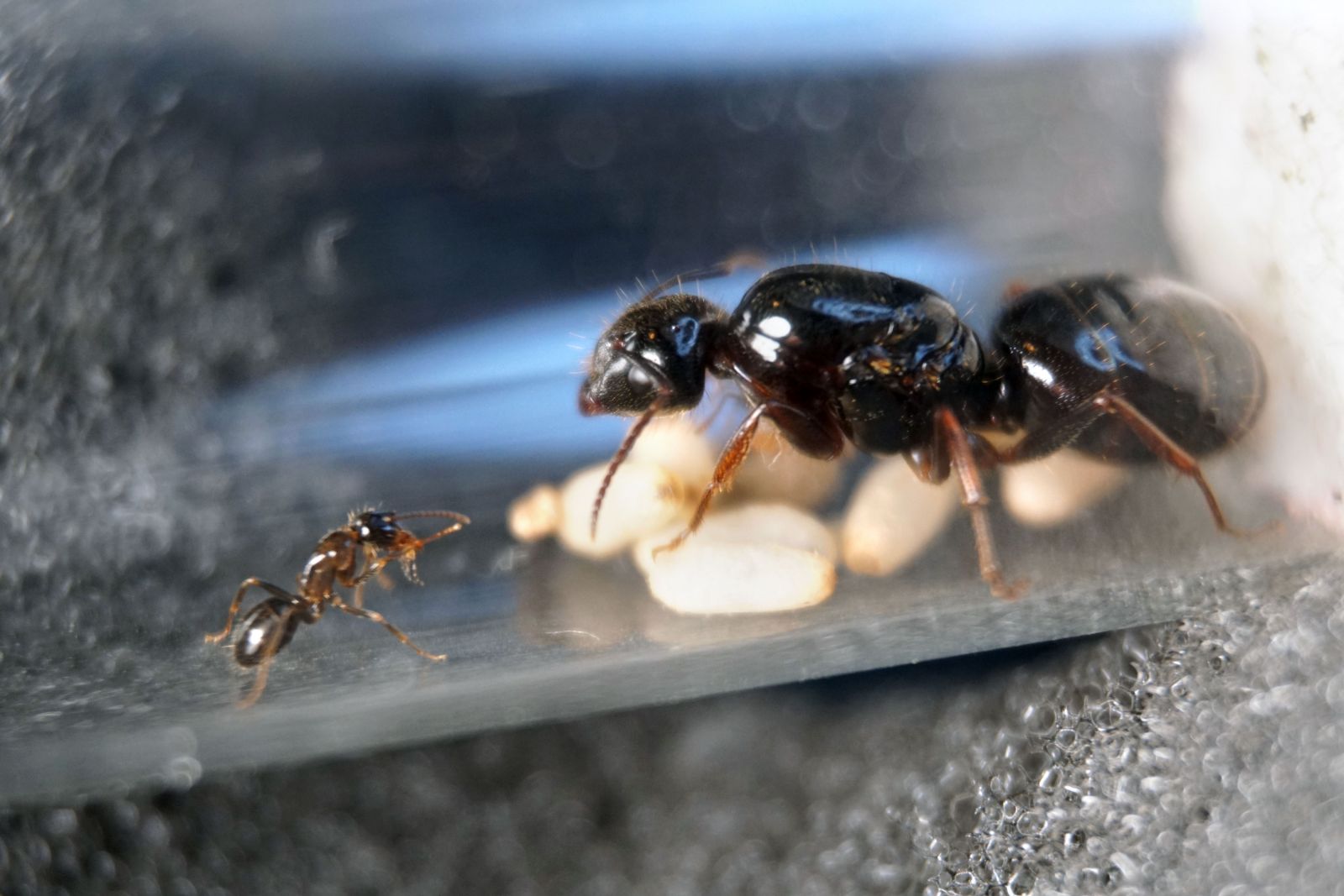
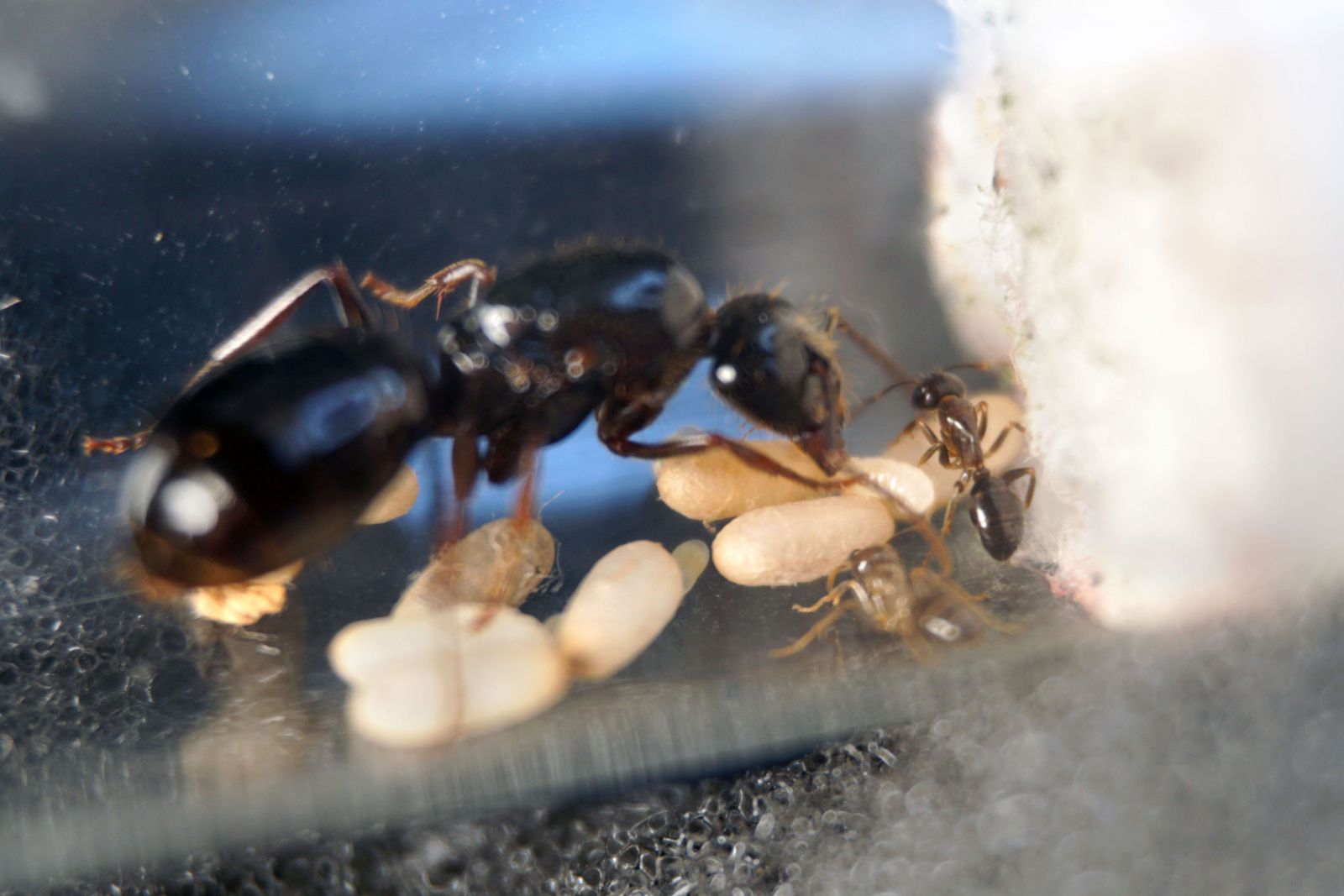
Hah, I'm too busy.
Update 12-22-2019
I decided not to keep any of these, and discontinue the journal.
Update 8-12-2023
I found another one of these on 4-9-2023 around 9:00 PM while collecting Camponotus us-ca02 queens. It was pretty close to where I found the last ones. We still don't know exactly what these are, but we're pretty sure they're not C. anthrax.
As you can see, they have very hairy faces.
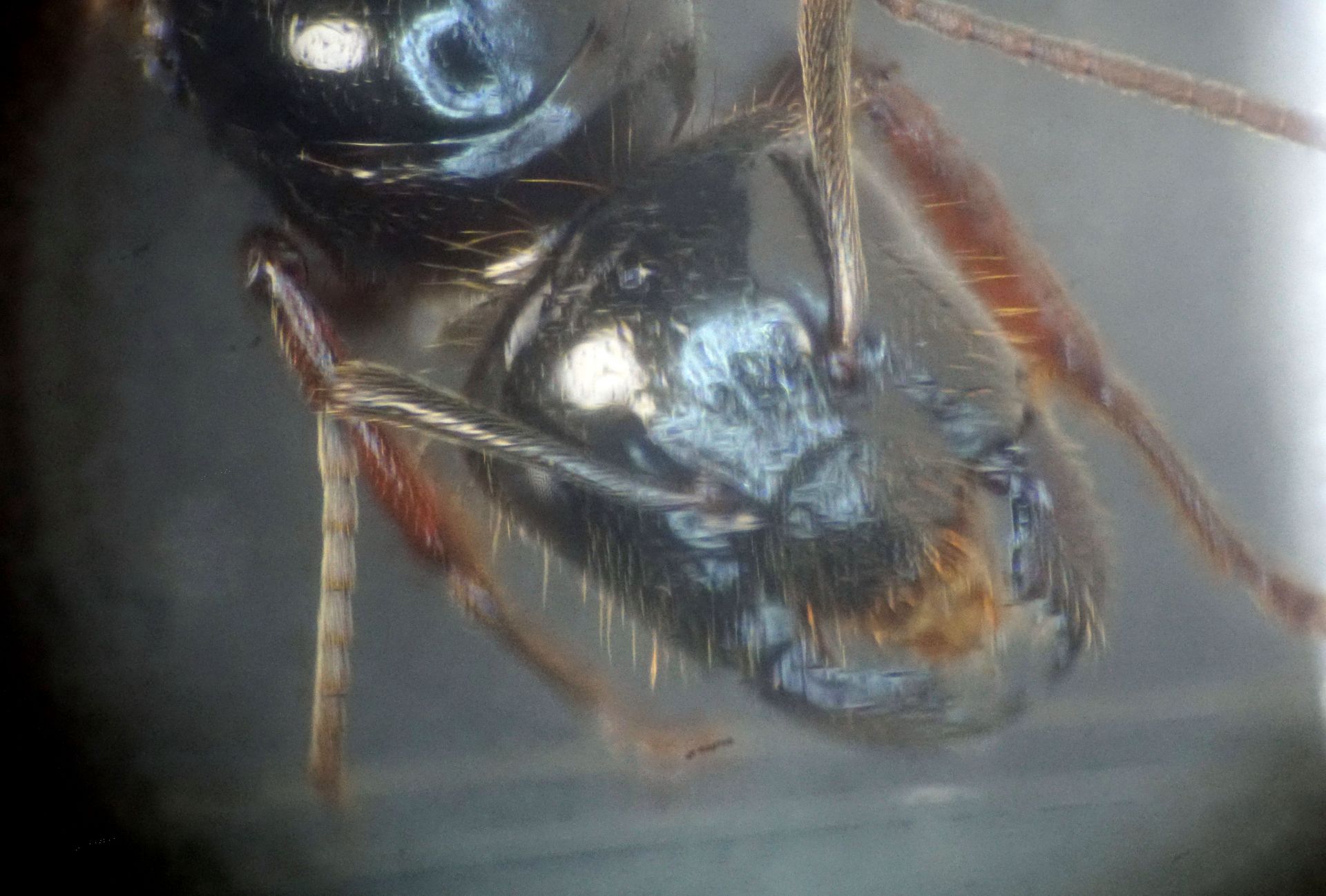
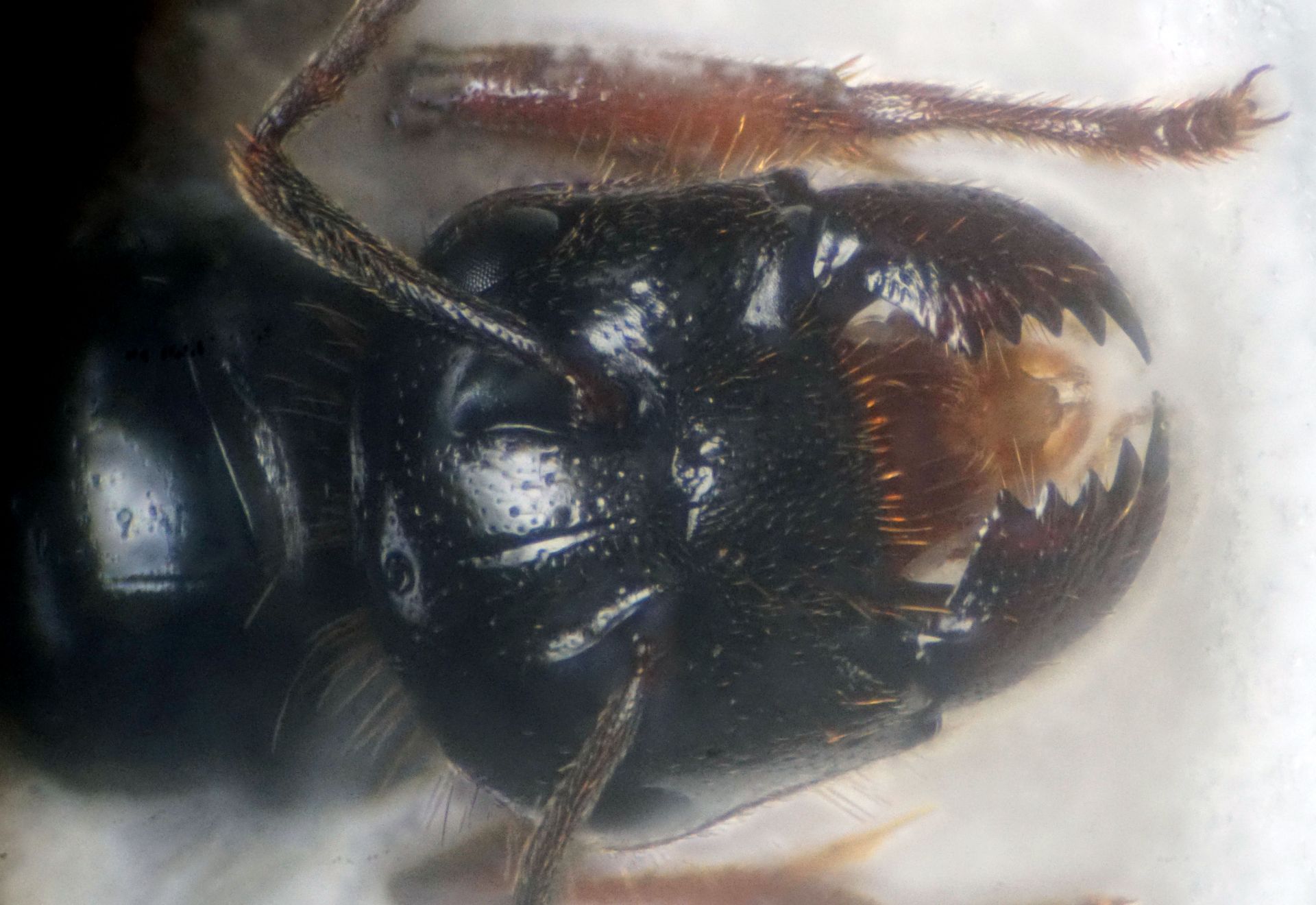
So far this colony only has three workers.
Update 9-7-2023
This colony has four workers now and a small pile of brood. It doesn't seem to be growing very fast.
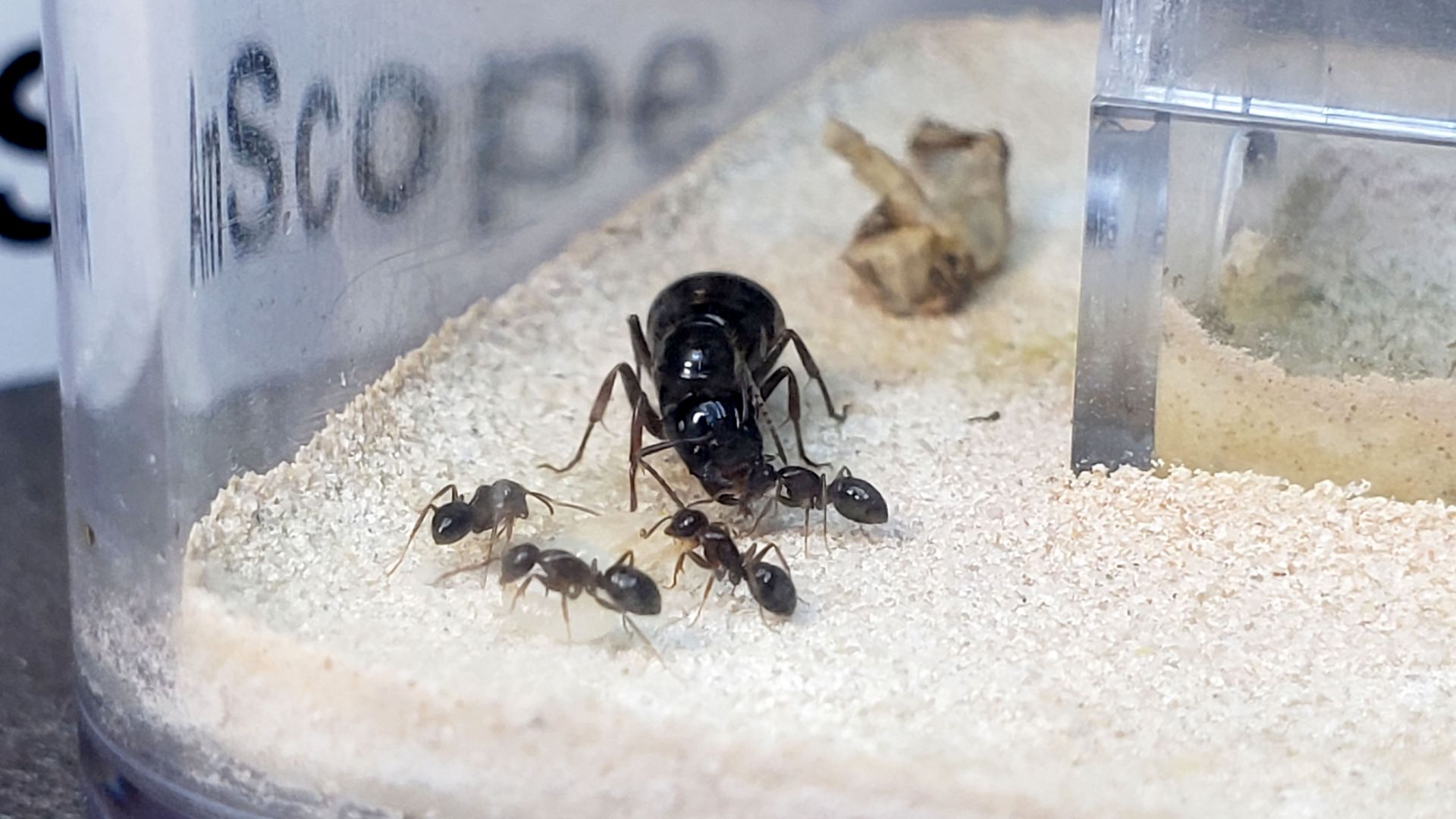
It's always the same temperature in the area of my apartment where I keep non-desert ants like these.
I doubt it.
Update 11-25-2023
This colony died off a few weeks ago.
Update 4-14-2024
I found a bunch more of these queens up off Ortega Highway, closer to Lake Elsinore on 4-10-2024.
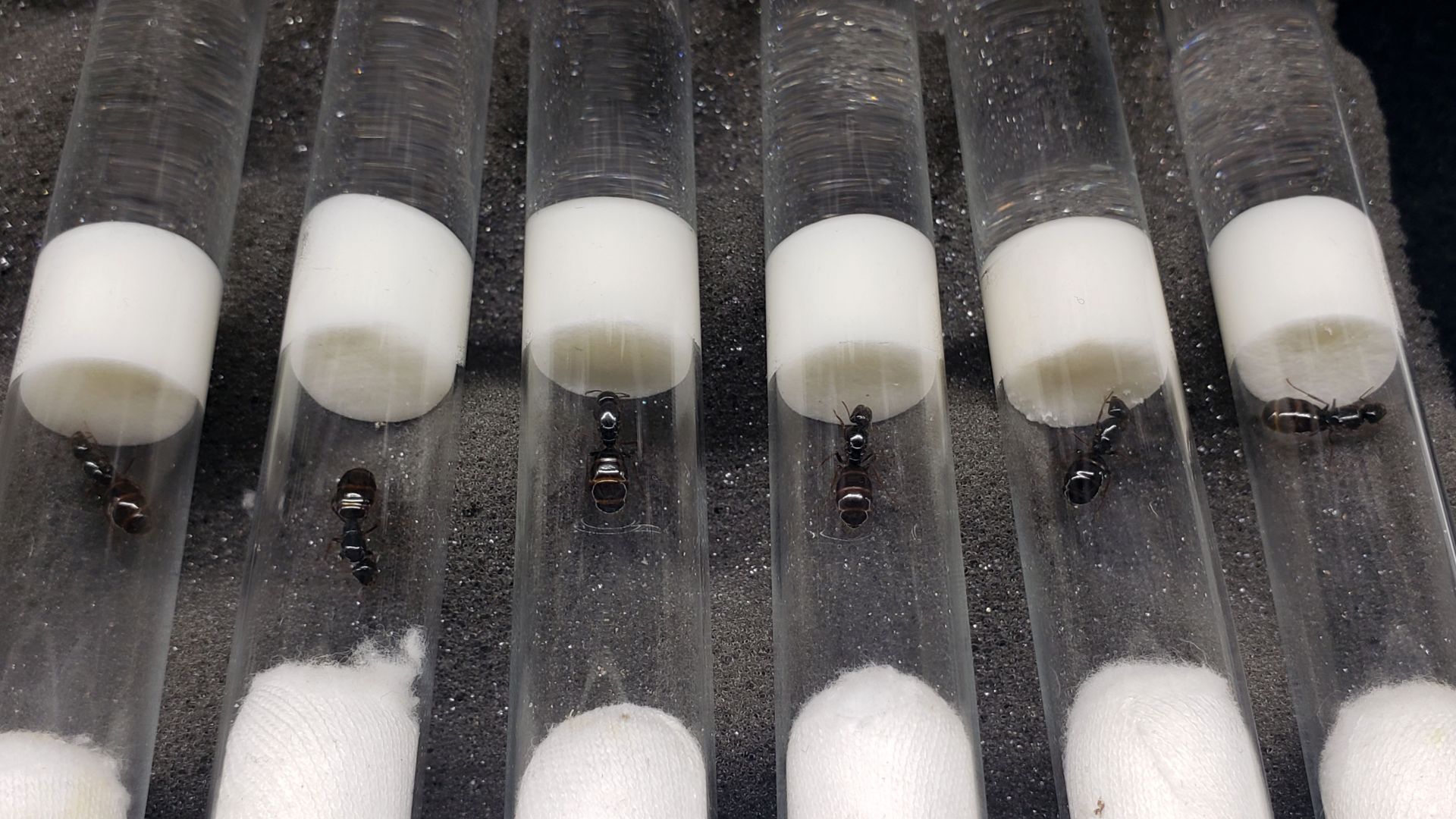
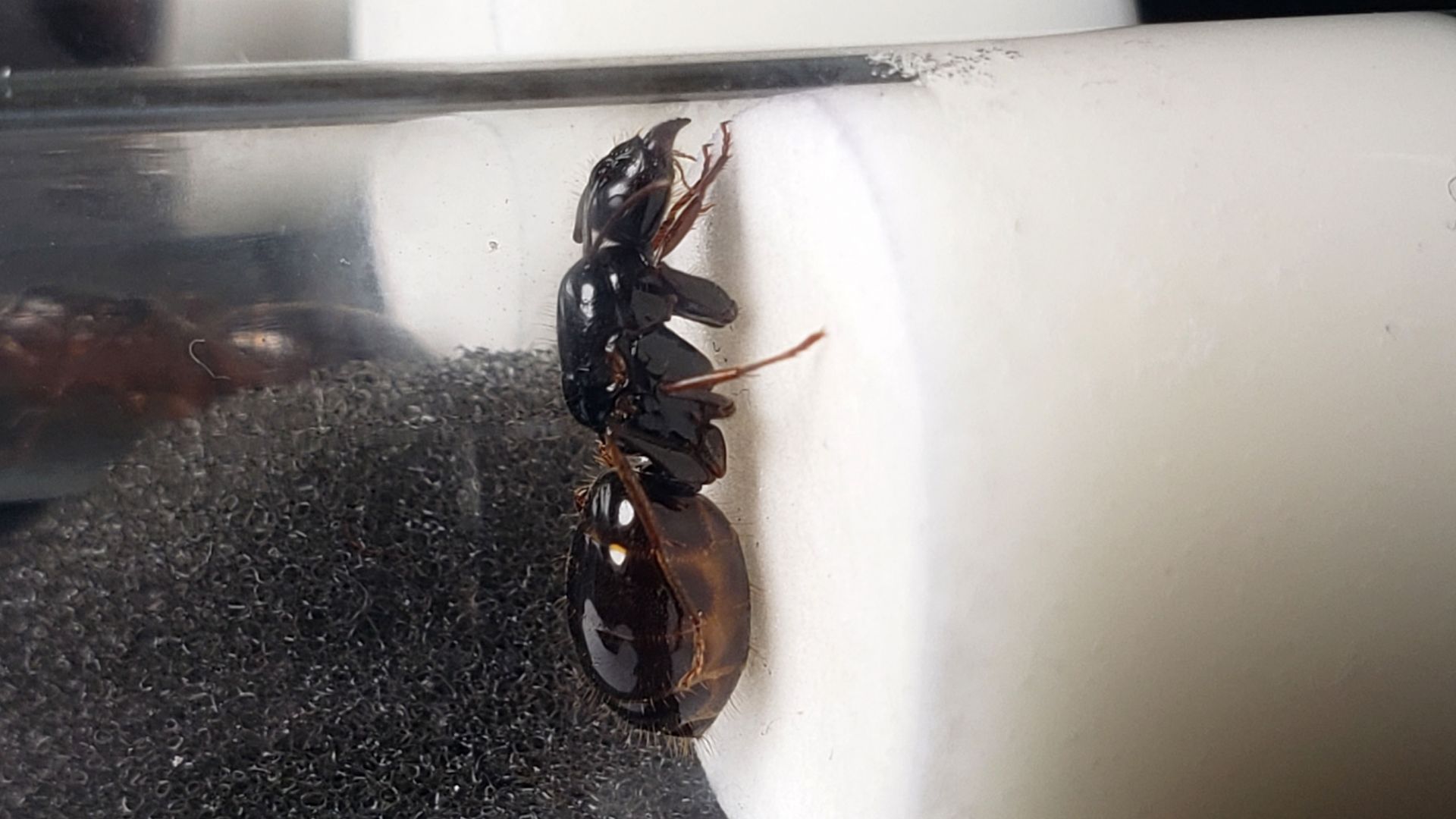
I found this guy riding on one of them...
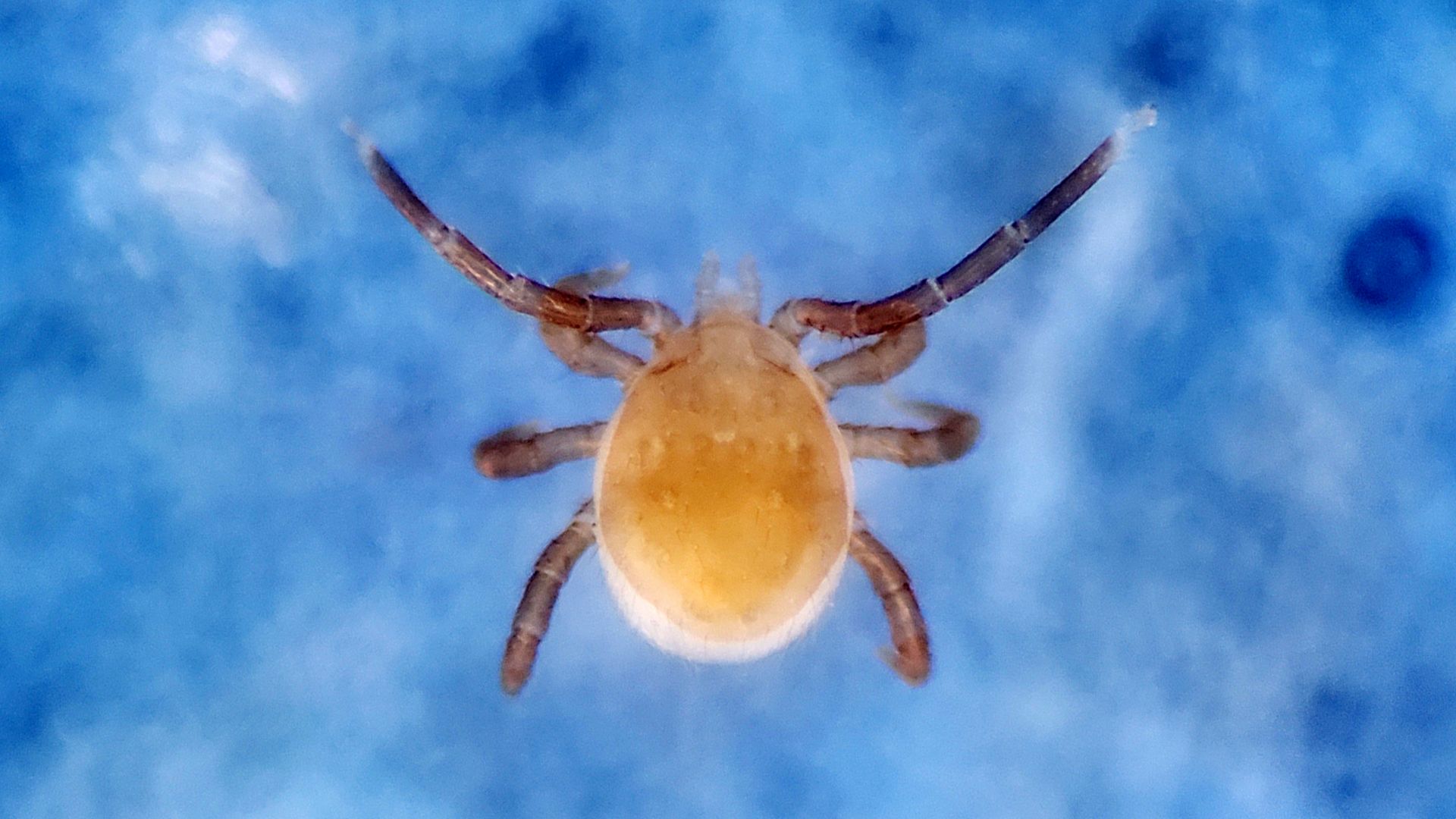
Are these queens not Camponotus johnsoni? I found some queens of this species along Ortega Hwy just a few days ago.
It's possible. I haven't had time to confirm.
Ant Keeping →
Ant Keeping Journals →
cooIboyJ's Nylanderia vividula journalStarted by cooIboyJ , Sep 6 2025 |
|

|
||
Ant Keeping →
Ant Keeping Journals →
Ants_Dakota's Camponotus sp. JournalStarted by Ants_Dakota , Jul 13 2025 |
|

|
||
Ant Keeping →
Ant Keeping Journals →
Strickys Formica JournalStarted by stricky_ants , Jun 21 2025 |
|
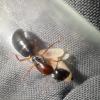
|
||
Ant Keeping →
Ant Keeping Journals →
AntTx's Camponotus sansabeanus JournalStarted by AntsTx , Jun 17 2025 |
|

|
||
Ant Keeping →
Ant Keeping Journals →
The Bark Battalion (Liometopum occidentale)Started by AntsGodzilla , Jun 3 2025 |
|

|
0 members, 1 guests, 0 anonymous users